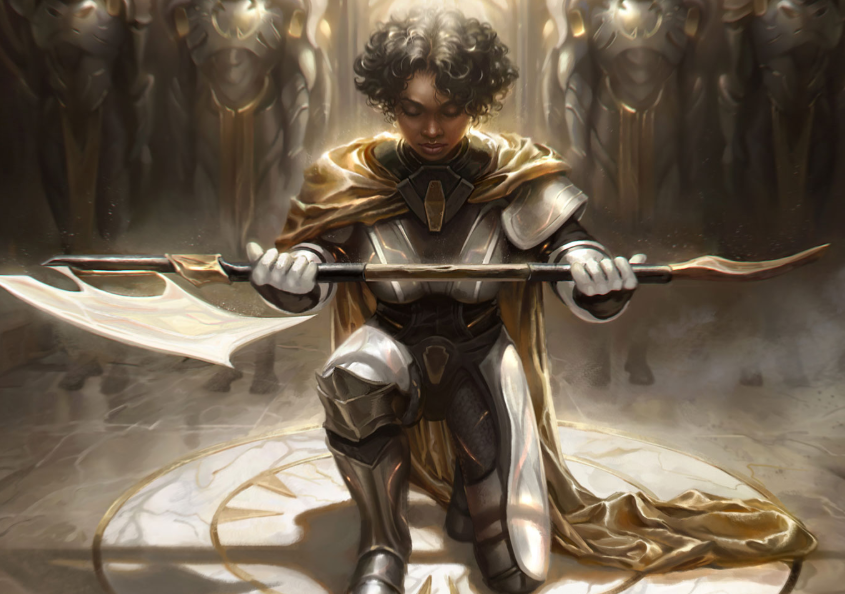
Every time a new Magic: the Gathering set drops, Selesnya players start hunting for the next breakout card—but not every green-white spell is worth sleeving up. To find the real contenders, you need more than hype; you need a sharp eye, a tuned meta sense, and a solid grasp of what makes Selesnya tick.
When a new set drops, figuring out the best Selesnya cards isn’t just about reading the spoilers—it’s about knowing your archetypes. Selesnya typically leans into creature-based strategies: go-wide token builds, +1/+1 counters, enchantress shells, or midrange value decks.
So the first step is identifying which Selesnya shell a card might belong to. Ask: Does this card push an existing archetype further, or does it open a new lane worth exploring? If it doesn’t slot cleanly into known builds or disrupt the current meta, it’s probably not cutting.
Second, rate the card’s efficiency and board impact. Competitive Selesnya wants value per mana—either in tempo, board presence, or resilience. You want to ask: Does this creature or spell do more than one thing? Cards like Scion of Draco or Voice of Resurgence work because they offer pressure and value. If a new card is just a 3/3 for 3 with minor upside, it’s not enough. But a card that creates tokens and scales or protects the board? That’s worth testing. Efficiency isn’t just power level—it’s how the card fits into a deck’s curve and play pattern.
Third, always evaluate synergy with current staples. Competitive Selesnya decks usually rely on cards like Collected Company, Scurry Oak, Ajani’s Welcome, Ranger-Captain of Eos, or Ossification. If a new creature isn’t hitting the right mana value for CoCo, it might not cut creature-heavy builds. Similarly, enchantment-focused decks want cards that play nicely with Sythis, Harvest’s Hand. The new set might bring something great, but if it doesn’t synergize with existing engines or payoff cards, it’ll struggle to find a home.
Fourth, consider the meta-relevance of the card. Will this new Selesnya piece help you answer popular threats or shore up a weakness in current lists? For example, if aggro is dominant, a cheap lifelinker or board stabilizer becomes much more valuable. If control is everywhere, an uncounterable threat or a sticky, recursive card jumps in value. Sometimes a card isn’t flashy, but it’s exactly what your sideboard—or even maindeck—needs to stay competitive in the meta.
Finally, test, don’t assume. Even if a card looks underwhelming, context matters. Playtesting is where hidden gems shine, especially in Selesnya, where synergy can be subtle. A card that didn’t look exciting on spoiler day might end up being the glue in a new Company shell or Enchantress build. The best Selesnya cards often aren’t obvious—they’re the ones that click once you see them in action, turn after turn, game after game.
Thanks for reading.
